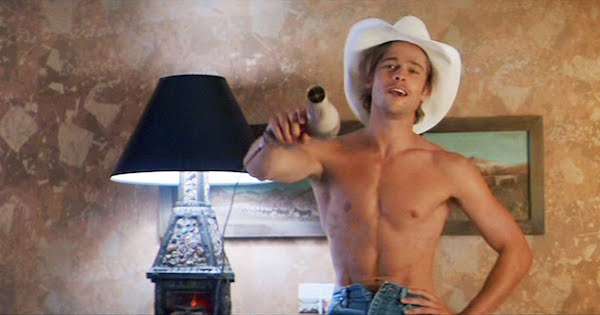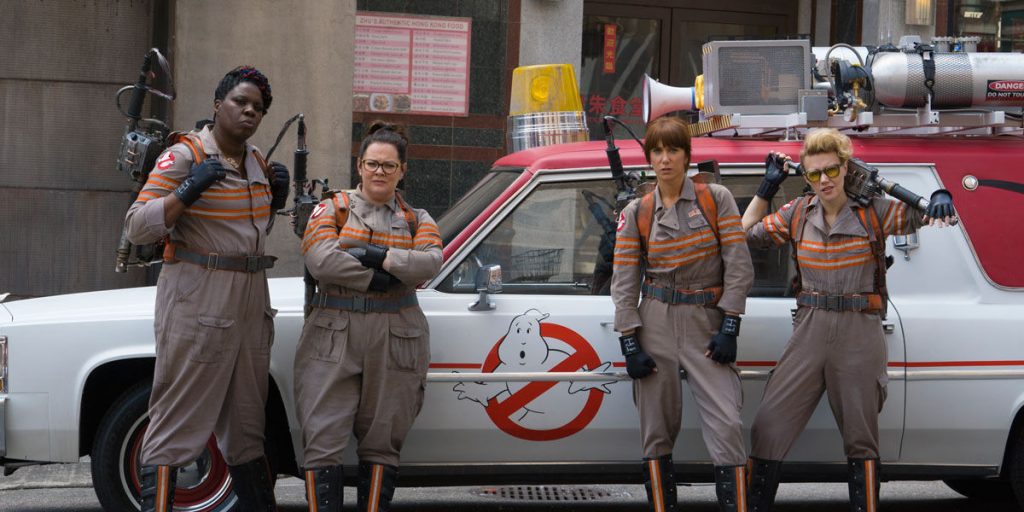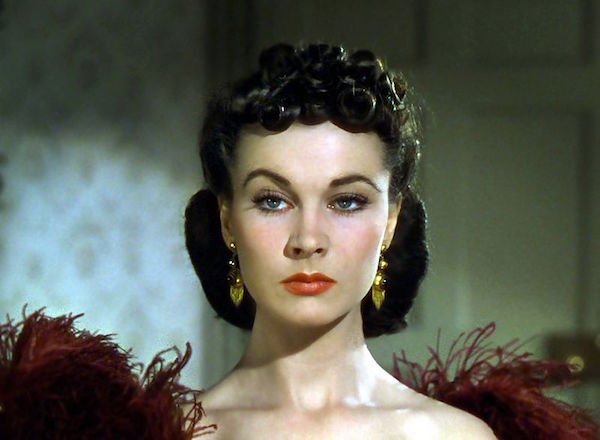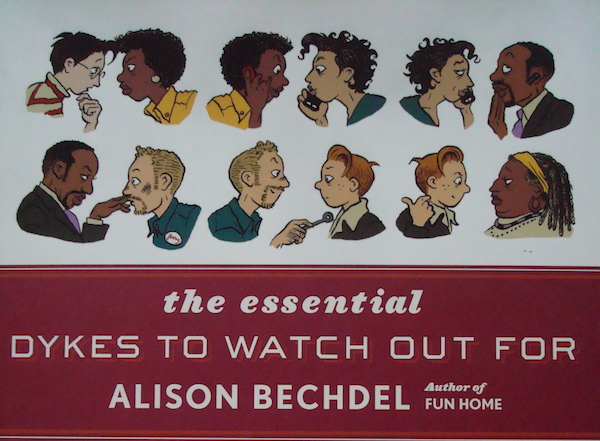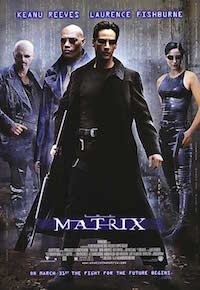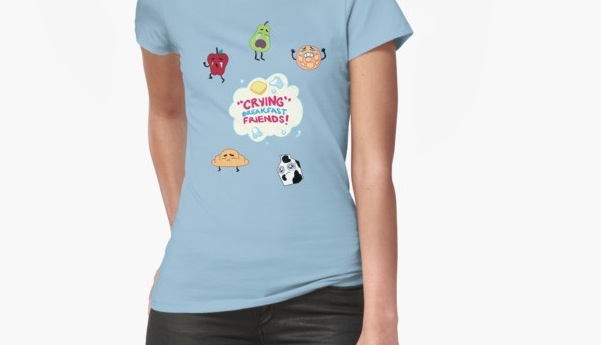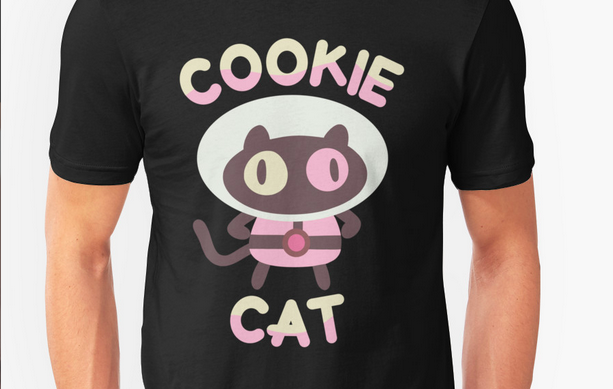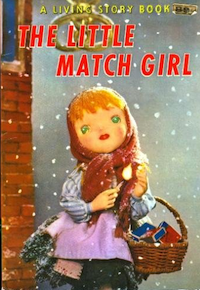The Bechdel Test is not — repeat, NOT — the sole test of whether a movie (or any story) is sexist. In fact, by itself, it’s not even A test of whether a story is sexist. It is not a test of whether a story is feminist, or whether the writer or writers are feminist. It is not a test of whether a story has strong female characters, awesome female characters, or admirable female characters.
The Bechdel Test is a test of one metric, and one metric only: Does the story revolve around men, or do women have their own lives? And while it’s sometimes appropriate to apply the test to individual movies or other stories, in general it makes much more sense to apply it to the film industry as a whole, and to show persistent patterns in pop culture.
In case you’re not familiar with it: The Bechdel Test comes from a Dykes to Watch Out For comic strip by Alison Bechdel, later of Fun Home fame. In it, two women are discussing whether to see a movie, and one says she’ll only see a movie if (a) it has two women in it, who (b) talk to each other, (c) about something other than a man. (She says that the last movie she could see was Alien — two women talk about the monster.) Later discussions of the Bechdel Test have refined and clarified it: the usual standard now is that the two women have to be named characters (i.e., if Woman At Bar #1 discusses the overly-warm martini with Woman At Bar #2, it doesn’t count). It’s a ridiculously low bar, and yet large numbers of movies fail to clear it. The Bechdel Test sometimes gets cited as The Test For Whether A Movie Is Sexist — and in a classic straw-feminist tactic, the fact that it fails at this is given as a reason for why it should be dismissed entirely. So I come back to my point:
The Bechdel Test is a test of one metric, and one metric only. It tests whether a given story revolves around men, or whether women are depicted as having have their own lives even to a small degree. And while people sometimes bring it up with individual movies — “Why didn’t The Avengers pass the Bechdel Test?” “Does The Lego Movie pass the test?” — it’s much more a test of common pop culture patterns. When it’s applied to single movies, it’s usually in service of pointing out the pattern. And while sexist patterns of this form are often unconscious, there’s at least one report of this one deliberately being taught in film school.
Here’s why I bring this up. Ingrid and I were watching The Matrix the other day (me for the first time since it came out in 1999, her for the first time at all). We started wondering if it passed the Bechdel Test; and rather than watch the whole movie again, we decided to go to one of the many Bechdel Test websites and discussion boards. On this particular discussion board, some people discussed whether the movie was lacking in strong female characters; or they objected to putting The Matrix in the “fail” category, since Trinity is a powerful character and therefore the movie isn’t “anti-female.”
Sigh. Yes, Trinity is a powerful character. But that’s not what the Bechdel test is testing. It’s testing whether women talk to each other about something other than men. It’s testing whether the story revolves around men.
It’s testing who the world is about.
If men talk with each other a ton about their mission, their jobs, which road to take, which guns to use, which restaurant to go to, which religion is true, which farts are funnier — and women only talk to each other about men — that tells you who the story is about. That tells you who the world is about. Continue reading “What the Bechdel Test Means — And What It Doesn’t” →



